Bistander
At that time of testing, it's only a small snapshot of what we were trying to do.
The first thing that needed to be done was test the motor "North/South wind" on a DC Power supply... That was an invalid test because the motor may have been connected incorrectly. Also the motor commutators were badly burned/scorched when returned... So, that testing was very iffy, NG.
Here are the specs from the OEM for the P56 frame.
http://www.imperialelectric.com/pdfs/imperial_pmm.pdf
Secondly, my motor was tested here in Japan. I was still trying/playing/learning about setting the timing. My motor sparked heavily also but I wasn't confident with my timing of my motor... I may not have done it correctly... It was spinning but it wasn't spinning strongly like other member's motors.
Now that I understand "How to Set the TIMING"...correctly. Ive seen major improvements!
1.) In the RPMs, my current All North motor is over 3600rpms @ 24v... Max from the OEM @ 36v is 3000rpms in any type of winding they use.
2.) Secondly the OEM Max torque is 15nm/11ft lbs... My current motor is way over the OEM's torque.. I don't have the proper test equipment but it has to be 3x that.
3.) OEM 36v is pulling 128 amps in their 5hp /motor = 4600 watts... Again, I don't have the proper equipment to check the Amps on my all north motor.
4.) Sparking is ALOT less.
Since I/we have learned more since the OEMs test results, I would like to see how the OEMs 36v @128 amps = 4600 watts, stacks up one more time, watts for watts.
I've learned that TIMING is crucial for asymmetric motors!
Keep it Clean and Green
Midaz
At that time of testing, it's only a small snapshot of what we were trying to do.
The first thing that needed to be done was test the motor "North/South wind" on a DC Power supply... That was an invalid test because the motor may have been connected incorrectly. Also the motor commutators were badly burned/scorched when returned... So, that testing was very iffy, NG.
Here are the specs from the OEM for the P56 frame.
http://www.imperialelectric.com/pdfs/imperial_pmm.pdf
Secondly, my motor was tested here in Japan. I was still trying/playing/learning about setting the timing. My motor sparked heavily also but I wasn't confident with my timing of my motor... I may not have done it correctly... It was spinning but it wasn't spinning strongly like other member's motors.

Now that I understand "How to Set the TIMING"...correctly. Ive seen major improvements!
1.) In the RPMs, my current All North motor is over 3600rpms @ 24v... Max from the OEM @ 36v is 3000rpms in any type of winding they use.
2.) Secondly the OEM Max torque is 15nm/11ft lbs... My current motor is way over the OEM's torque.. I don't have the proper test equipment but it has to be 3x that.
3.) OEM 36v is pulling 128 amps in their 5hp /motor = 4600 watts... Again, I don't have the proper equipment to check the Amps on my all north motor.
4.) Sparking is ALOT less.
Since I/we have learned more since the OEMs test results, I would like to see how the OEMs 36v @128 amps = 4600 watts, stacks up one more time, watts for watts.
I've learned that TIMING is crucial for asymmetric motors!
Keep it Clean and Green

Midaz



 , wires flopping around, skipped some spacers, and what a disaster. motor shot to 120 degrees in nothing flat, chewed up 4 brushes by slamming them into the connectors on the commutator, and on the other side caught a brush wire on the connector and chopped it in half.
, wires flopping around, skipped some spacers, and what a disaster. motor shot to 120 degrees in nothing flat, chewed up 4 brushes by slamming them into the connectors on the commutator, and on the other side caught a brush wire on the connector and chopped it in half.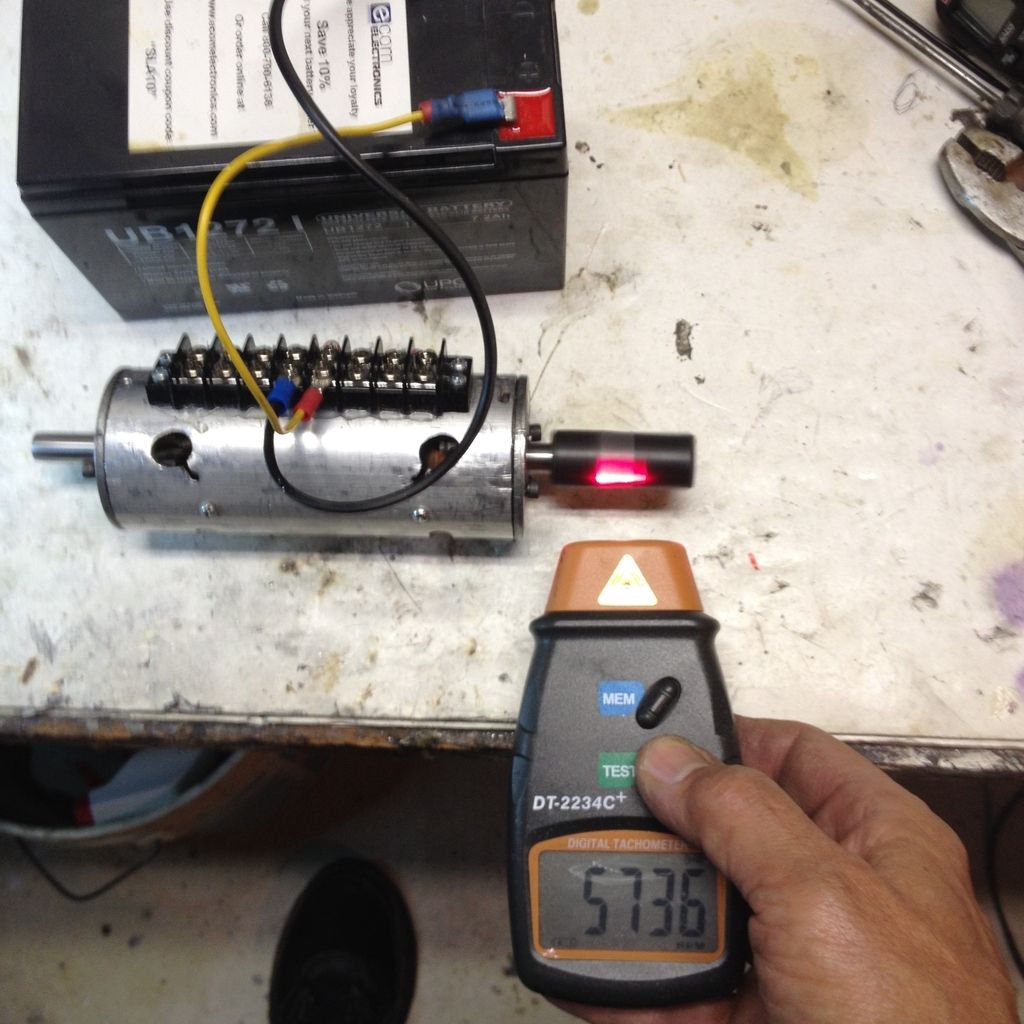


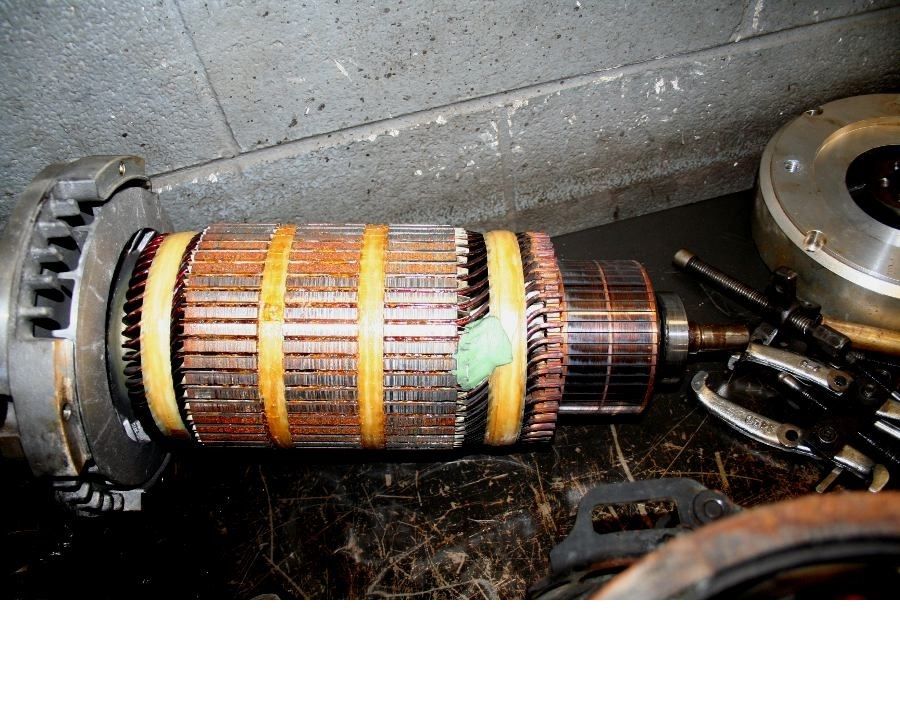



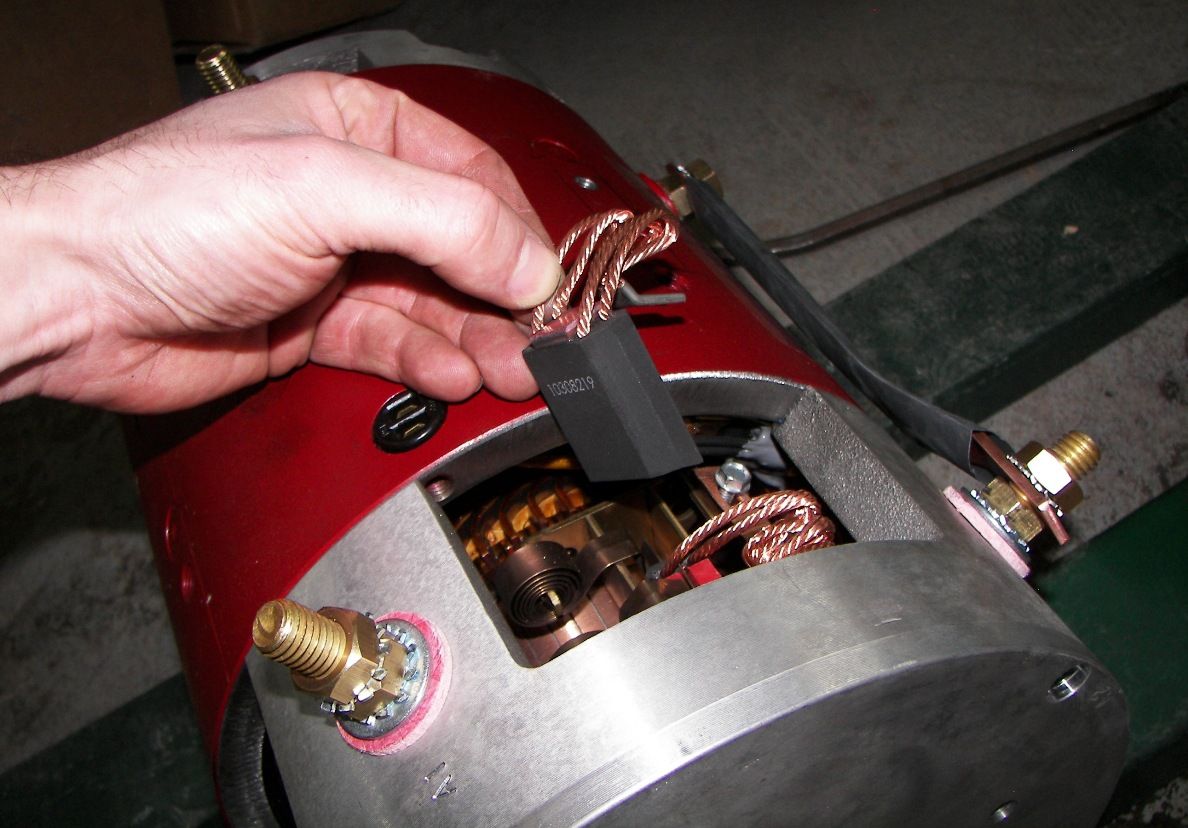
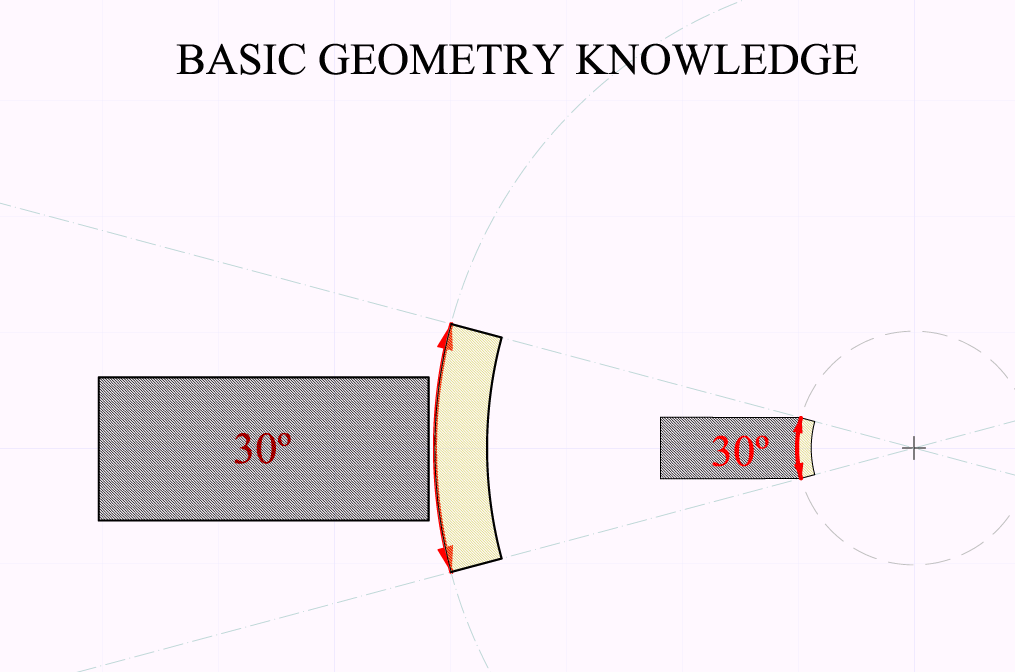
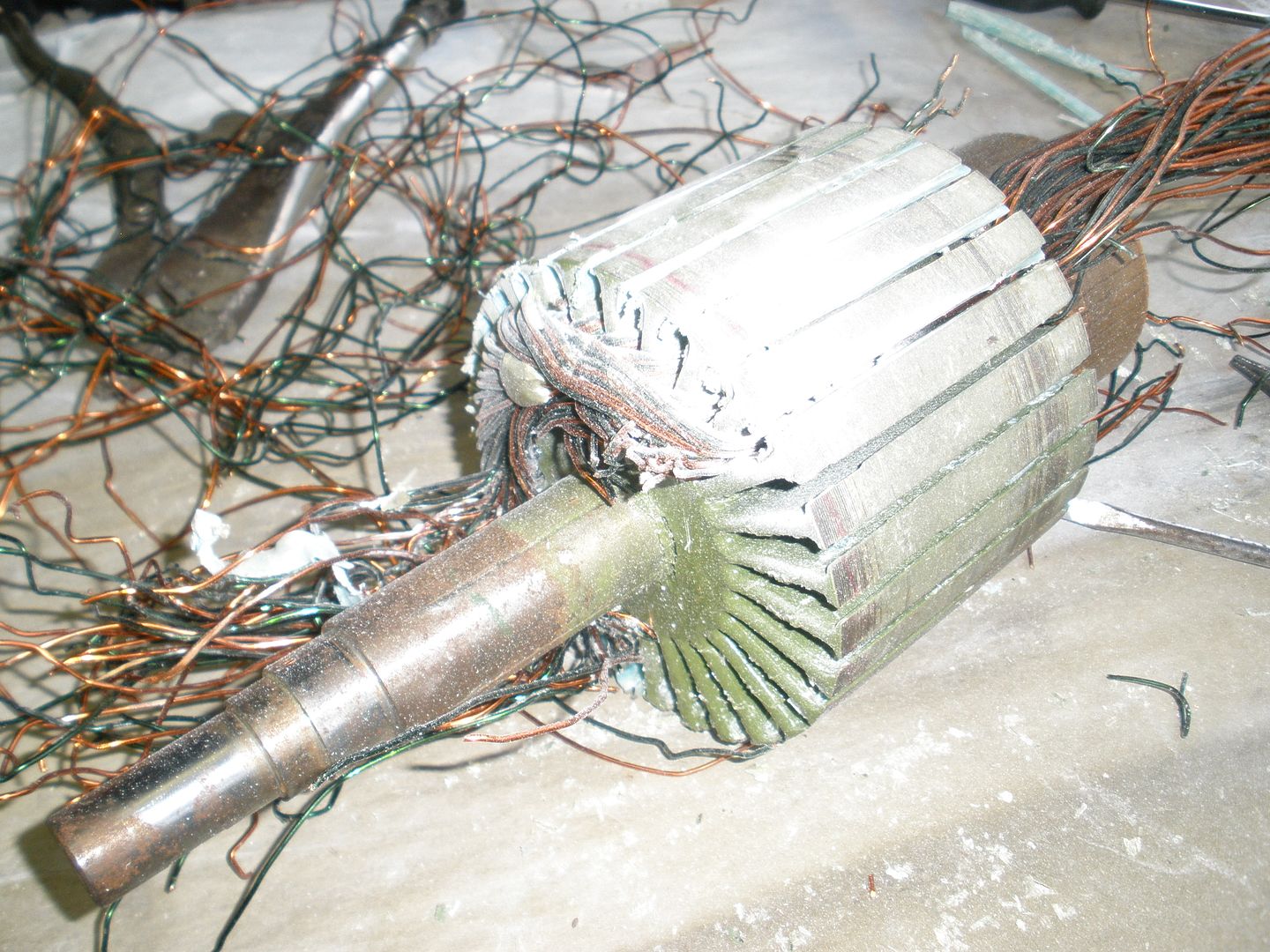
 ...just ordered an extra commutator and brush board assy to build it...too much work!
...just ordered an extra commutator and brush board assy to build it...too much work! ...otherwise they will look at you like Dyetalon mentioned...
...otherwise they will look at you like Dyetalon mentioned...
Comment